How to Calculate RPR Repeat Purchase Rate for Your Business
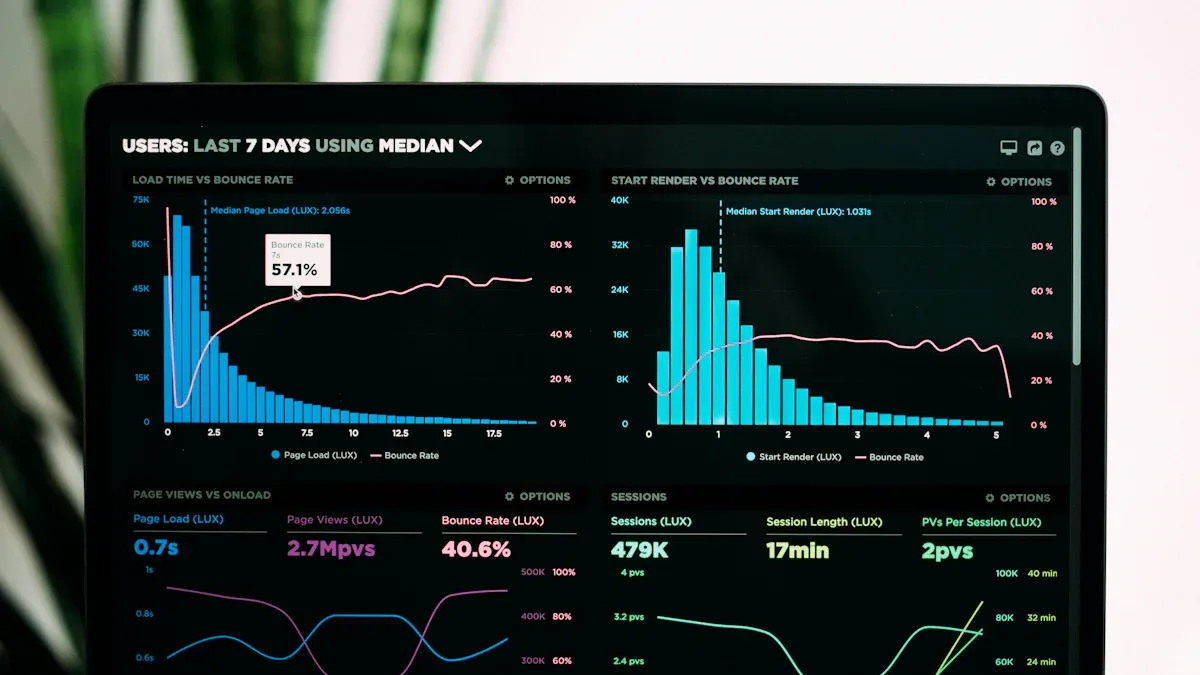
You want to know how to calculate repeat purchase rate? Here’s the formula:
(Number of Repeat Customers / Total Number of Customers) × 100.
For example, if you have 200 repeat customers out of 800 total, your rpr repeat purchase rate is 25%.
Tracking repeat customer rate can transform your business. In ecommerce, the average repeat purchase rate sits around 28.2%. Retaining loyal buyers costs much less than finding new ones and can boost profits by up to 75%. Sobot AI and Sobot call center help you spot trends, improve the customer journey, and keep your rpr repeat purchase rate climbing.
Industry/Product Type Average Repeat Purchase Rate Ecommerce (overall) 15% - 30% Consumables/Subscriptions 29% - 40%+ Durable Goods/Luxury 9.9% - 15% Online Retailers (avg.) 28.2% CBD Industry 36.2%
What Is RPR Repeat Purchase Rate
RPR Definition
You might wonder what rpr repeat purchase rate really means for your business. It’s a simple but powerful metric. Here’s how experts define it:
- RPR repeat purchase rate is the percentage of customers who buy from you more than once during a set time frame.
- To figure it out, you pick a time period, count all unique customers, then see how many made more than one purchase.
- For example, if 500 people shopped with you in June and 75 came back for another order, your repeat purchase rate is (75 / 500) × 100 = 15%.
- This number tells you how loyal your customers are and how well you keep them coming back.
- Make sure you use accurate data and pick the same time frame each time you check your repeat customer rate.
Most business analytics platforms agree: repeat purchase rate shows how many customers return for more. It’s a key sign of loyalty and helps you see if your retention strategies work. You can use this metric to track how your business grows over time.
Why Repeat Purchase Rate Matters
You want your customers to come back, right? That’s where the importance of repeat purchase rate comes in. A high repeat customer rate means people trust your brand and love your products. It’s not just about making a sale—it’s about building a relationship.
- The top 10% of repeat customers spend twice as much per order as everyone else.
- Repeat customers make up only 15% of your buyers but can bring in 40% of your revenue.
- If you boost your repeat customer rate by just 5%, your profits could jump by 25% to 95%. Source
When you use tools like Sobot’s Live Chat, you make it easy for customers to get help and feel valued. This can increase your rpr repeat purchase rate and help your business grow. The repeat customer rate also connects to other important numbers, like lifetime value and average order size. If you focus on the importance of repeat purchase rate, you’ll see more loyal customers and higher profits.
How to Calculate Repeat Purchase Rate
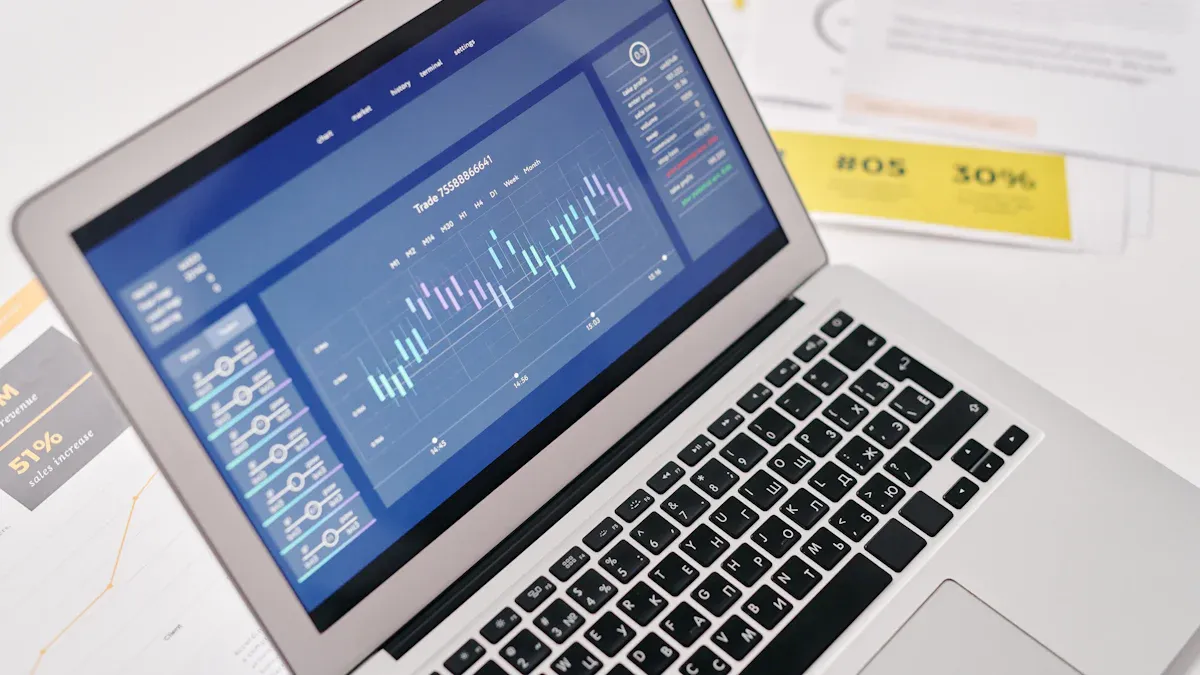
Understanding how to calculate repeat purchase rate can help you unlock real growth for your business. Let’s break down the process step by step so you can start tracking this important metric today.
RPR Formula
You might wonder, what’s the actual formula for how to calculate repeat purchase rate? It’s simple:
(Number of Repeat Customers / Total Number of Customers) × 100
This formula tells you the percentage of your customers who made repeat purchases within a specific time frame. Most businesses use this method because it’s straightforward and gives you a clear picture of customer loyalty. For example, if you had 400 total customers last month and 100 of them came back for more, your repeat purchase rate would be (100 / 400) × 100 = 25%.
Tip: Some businesses define repeat customers as anyone who buys more than once, while others only count those who make two or more separate purchases. Make sure you pick a definition that fits your business model and stick with it for consistency.
Data Needed
Before you start, you need the right data. Here’s what you should gather:
- Total number of customers: Count each unique customer who made a purchase during your chosen time frame. This is your baseline.
- Number of repeat customers: Identify customers who made more than one purchase in that same period. These are your loyal buyers.
- Purchase records: You’ll need access to your sales data. Most ecommerce platforms, like Shopify or Amazon Seller Central, let you export this information. If you use a customer engagement platform like Sobot, you can easily pull reports that show new versus returning customers across all your channels.
Note: Accurate customer data is crucial. Double-check for duplicate accounts or errors that could skew your results. If you use Sobot’s Live Chat or omnichannel solutions, you can unify customer records from different platforms, making your analysis much easier.
Calculation Steps
Let’s walk through how to calculate repeat purchase rate with a real-world example. Follow these steps:
-
Define your time frame.
Decide if you want to measure monthly, quarterly, or yearly. The time frame you choose will affect your results. For example, a monthly repeat purchase rate might look very different from an annual one. Consistency is key—always compare the same periods to spot trends. -
Count total unique customers.
Look at your sales data for the period. Count each customer only once, even if they made multiple purchases. -
Identify repeat customers.
Find out how many customers made more than one purchase during your chosen time frame. These are your repeat customers. -
Apply the formula.
Plug your numbers into the formula:Repeat Purchase Rate = (Number of Repeat Customers / Total Number of Customers) × 100 -
Interpret your results.
A higher repeat purchase rate means more customers love your products and come back for more. For example, if you had 600 unique customers in April and 120 of them made repeat purchases, your repeat purchase rate would be (120 / 600) × 100 = 20%.
Example:
Imagine you run an online store. In June, you had 800 unique customers. Out of those, 200 made repeat purchases.
Your calculation: (200 / 800) × 100 = 25%.
This means 25% of your customers came back for more in June.
Why Time Frame Matters
The time frame you pick can change your results a lot. If you sell consumables, you might see repeat purchases every month. If you sell electronics, repeat purchases might happen once a year. Always use the same time frame when you compare your repeat purchase rate over time. This helps you spot real trends and avoid confusion.
Note: Inconsistent time frames can lead to misleading results. For example, comparing a monthly repeat purchase rate to a yearly one doesn’t make sense. Stick to one period for accurate insights.
Common Challenges and How to Overcome Them
When you learn how to calculate repeat purchase rate, you might run into a few bumps:
- Messy data: Duplicate customer records or missing info can throw off your numbers. Use tools like Sobot to unify and clean your data.
- Choosing the right time frame: Pick a period that matches your product’s buying cycle. For example, use a quarterly time frame for seasonal products.
- Segmenting customers: Not all customers behave the same. Segment your audience by purchase history or channel to get deeper insights.
- Tracking across channels: If you sell on multiple platforms, it can be hard to track repeat purchases. Sobot’s omnichannel analytics can help you see the full picture.
Advanced Tips
Once you master how to calculate repeat purchase rate, you can dig deeper:
- Segment by channel: See if customers from your website, app, or social media have different repeat purchase rates.
- Analyze by product: Find out which products drive the most repeat purchases.
- Track changes over time: Watch how your repeat purchase rate changes after you launch new campaigns or improve customer service.
Pro Tip: Sobot’s Live Chat and analytics tools let you track repeat customers across all your channels. You can even set up custom reports to monitor your repeat purchase rate by product, channel, or campaign.
Why Accurate Data and Consistent Time Frames Matter
If you want to know how to calculate repeat purchase rate correctly, you need clean data and a steady time frame. Changes in customer behavior, like new shopping trends or promotions, can affect your numbers. By keeping your data accurate and your time frames consistent, you get a true picture of customer loyalty.
Example:
Let’s say you run a coffee subscription service. You check your repeat purchase rate every month. In January, you had 300 unique customers and 90 made repeat purchases. In February, you had 350 unique customers and 105 made repeat purchases.
January: (90 / 300) × 100 = 30%
February: (105 / 350) × 100 = 30%
Your repeat purchase rate stayed steady, showing strong loyalty.
Bringing It All Together
Learning how to calculate repeat purchase rate gives you a powerful tool to measure customer loyalty. When you track this number, you can see if your marketing and customer service efforts are working. You can also spot problems early and make changes to boost repeat purchases.
If you want to make this process even easier, try using Sobot’s unified customer engagement platform. With Sobot, you can pull all your customer data into one place, track repeat customers, and get detailed reports with just a few clicks. This saves you time and helps you focus on building stronger relationships with your customers.
Remember:
The more you know about how to calculate repeat purchase rate, the better you can serve your customers and grow your business.
Repeat Customer Rate Benchmarks
Industry Standards
You might wonder what a good repeat purchase rate looks like for your business. The answer depends on your industry. Some sectors see customers coming back more often than others. Here’s a quick look at how different industries stack up:
| Industry | Repeat Customer Rate | What It Means |
|---|---|---|
| Ecommerce (Online Retail) | 25-30% | Shoppers can switch brands easily |
| General Retail | Around 24% | Price wars and lots of choices lower loyalty |
| Professional Services | About 84% | Long-term contracts keep clients coming back |
A good repeat purchase rate for ecommerce sits between 25% and 30%. If you run a retail store, you might see a similar number. Professional services, like law or consulting, often have a much higher good repeat purchase rate because clients sign contracts and stay longer. If your numbers are close to these, you’re on the right track. If you use Sobot’s omnichannel platform, you can track your repeat purchases across all your sales channels and see how you compare to these industry standards.
📊 Tip: A good repeat purchase rate means your customers trust you and want to buy again. If you’re above the average, you’re doing great!
Factors Affecting RPR
Many things can change your good repeat purchase rate. Some you can control, and some you can’t. Here are the main factors:
- Customer age and family size: Older shoppers and bigger families often show lower repeat purchases.
- Social class: People from higher social classes sometimes have lower repeat purchases, maybe because they try new brands more often.
- How often people buy: Heavy buyers usually stick around and make more repeat purchases.
- Time: Your repeat purchase rate can drop over time, but new buyers can help keep it steady.
- Service quality: If you give great service, people come back for more repeat purchases. Sobot’s Live Chat helps you answer questions fast, which keeps customers happy.
- Price: A fair price for a real product can boost repeat purchases. If your prices are too high, people might leave, but if they trust your brand, they’ll pay more and come back.
- Brand differences: Some brands just have more loyal fans, so their good repeat purchase rate is higher.
Research shows that service quality and customer satisfaction matter a lot. When you use tools like Sobot’s Live Chat, you make it easy for customers to get help and feel valued. This can raise your good repeat purchase rate and help you build a loyal customer base. If you want to learn more about industry benchmarks, check out this resource.
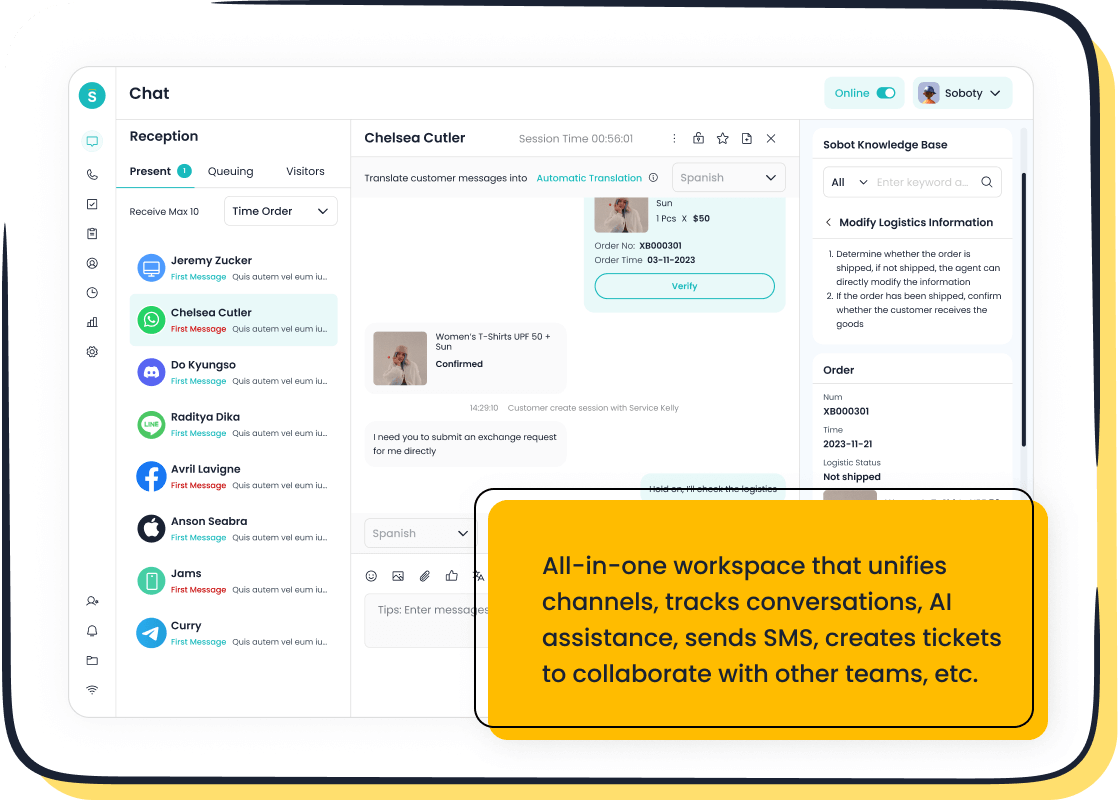
Increase Repeat Purchase Rate with Sobot Live Chat
Enhance Customer Experience
If you want to increase repeat purchase rate, you need to focus on customer experience first. Sobot Live Chat lets you connect with your customers in real time, answer questions fast, and solve problems before they turn into complaints. When customers feel heard and valued, they come back for more. Take OPPO as an example. By using Sobot’s live chat and chatbot features, OPPO saw a 57% increase in repeat purchases, an 83% chatbot resolution rate, and a 94% positive feedback score.
| Metric | Result |
|---|---|
| Chatbot resolution rate | 83% |
| Positive feedback score | 94% |
| Increase in repeat purchases | 57% |
You can see how a quick response and helpful support make a big difference. Live chat users are three times more likely to complete a purchase, which means you can increase repeat purchase rate just by being available when your customers need you.
Omnichannel Support
Sobot Live Chat brings all your channels together—website, app, WhatsApp, Facebook, and more. This omnichannel support means your customers get a seamless experience no matter where they reach out. Research shows that 31% of customers say personalized omnichannel experiences are why they return and buy again. Companies with strong omnichannel strategies see up to 89% customer retention, compared to just 33% for those without. You can boost customer loyalty and increase repeat purchase rate by making every interaction smooth and personal.
| Metric / Insight | Data Point | Explanation |
|---|---|---|
| Customer Retention | 89% retention with strong omnichannel vs. 33% with weak strategies | Strong omnichannel engagement significantly improves customer retention, which is a key driver of repeat purchases. |
| Customer Lifetime Value (CLV) | 30% higher lifetime value for omnichannel shoppers | Omnichannel shoppers tend to spend more over time, indicating increased repeat purchase behavior. |
| Personalized Experience Impact | 31% of customers cite personalized omnichannel experiences as reason for repeat purchases and loyalty | Personalization across channels encourages customers to return and buy again. |

Personalization and Automation
Personalization and automation are game changers if you want to increase repeat purchase rate. Sobot Live Chat uses AI to remember customer preferences, suggest products, and send targeted messages. When you use automation to follow up with customers or remind them about new offers, you keep your brand top of mind. Studies show that 78% of people are more likely to buy again when they get personalized content. Sobot’s tools help you build customer loyalty and improve customer retention by making every message feel unique. You can set up retention strategies like loyalty programs, exclusive deals, or automated win-back campaigns to keep customers coming back.
Why Track Repeat Purchase Rate
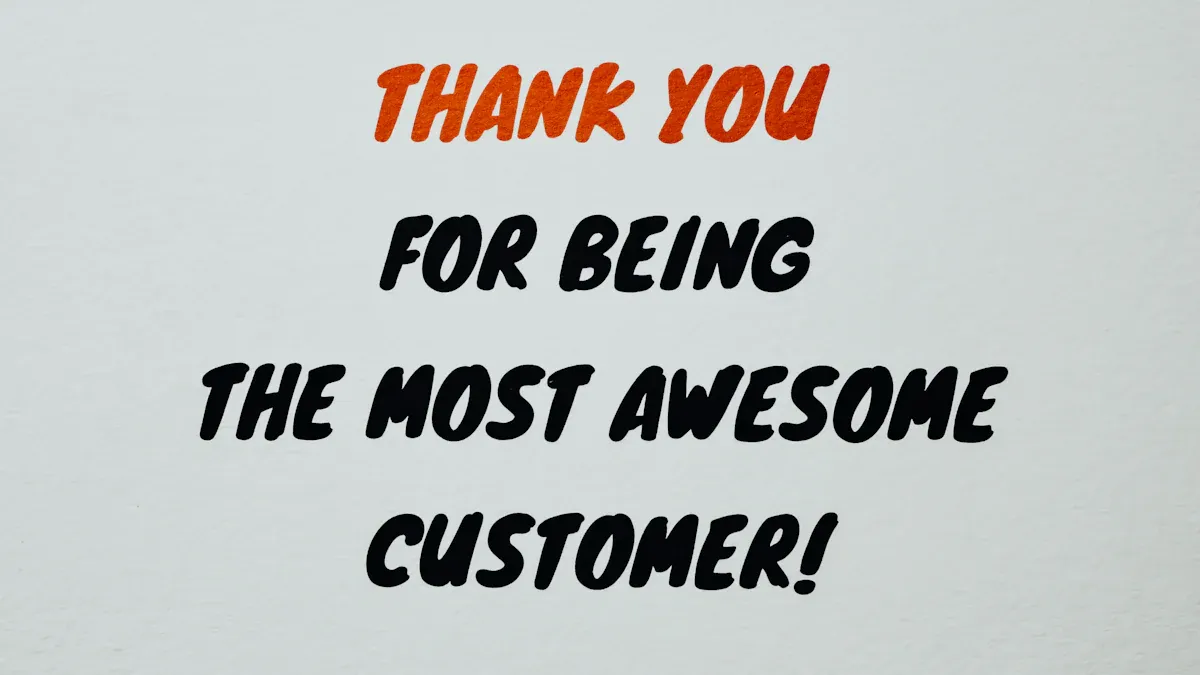
Business Growth
You want your business to grow, right? Tracking repeat purchase rate helps you do just that. When you know how many customers come back, you can see if your business is moving in the right direction. Repeat customers spend more and buy more often. Studies show that once a customer buys from you a second time, their chance of coming back jumps to 45%. By the fourth purchase, it rises to 56%. This means every repeat purchase makes your business stronger. You also save money because keeping a customer costs about five times less than finding a new one. If you focus on customer retention, you build a steady stream of income and set your business up for long-term success. Sobot’s analytics tools make it easy to track these numbers and spot growth trends.
Customer Loyalty
Customer loyalty is the heart of any strong business. When people come back again and again, they trust your brand. High repeat purchase rates show that your customer loyalty program is working. Research says that loyalty programs can boost customer retention by 5%, which can double your profits. Customers who join a customer loyalty program are 58% more likely to buy again. They also tell their friends, which brings in new buyers without extra marketing costs. You can use tools like Sobot Live Chat to send personalized messages, run satisfaction surveys, and keep your customers happy. This builds a loyal community that supports your business for years.
Data-Driven Decisions
You make better choices when you have the right data. Tracking repeat purchase rate gives you clear numbers to guide your next steps. You can see which products bring customers back, which marketing campaigns work, and where to focus your efforts. For example:
- Use customer retention data to create targeted marketing campaigns.
- Spot top-selling products and keep them in stock.
- Segment your buyers to offer special deals to loyal customers.
- Build a customer loyalty program that rewards repeat purchases.
Sobot’s platform helps you collect and analyze this data across all your channels. With these insights, you can improve your sales strategy, boost customer loyalty, and grow your business with confidence.
Understanding your RPR repeat purchase rate helps you build a loyal customer base and boost profits. Stores with high repeat customer rates can see up to 50% more revenue. Tools like Sobot Live Chat make it easy to track, analyze, and improve your repeat purchase rate. You save time, reduce churn, and keep customers happy.
| Factor | Impact on Repeat Purchase Rate |
|---|---|
| Free shipping | +20% increase |
| On-time delivery | +15% increase |
| Easy returns | +12% increase |
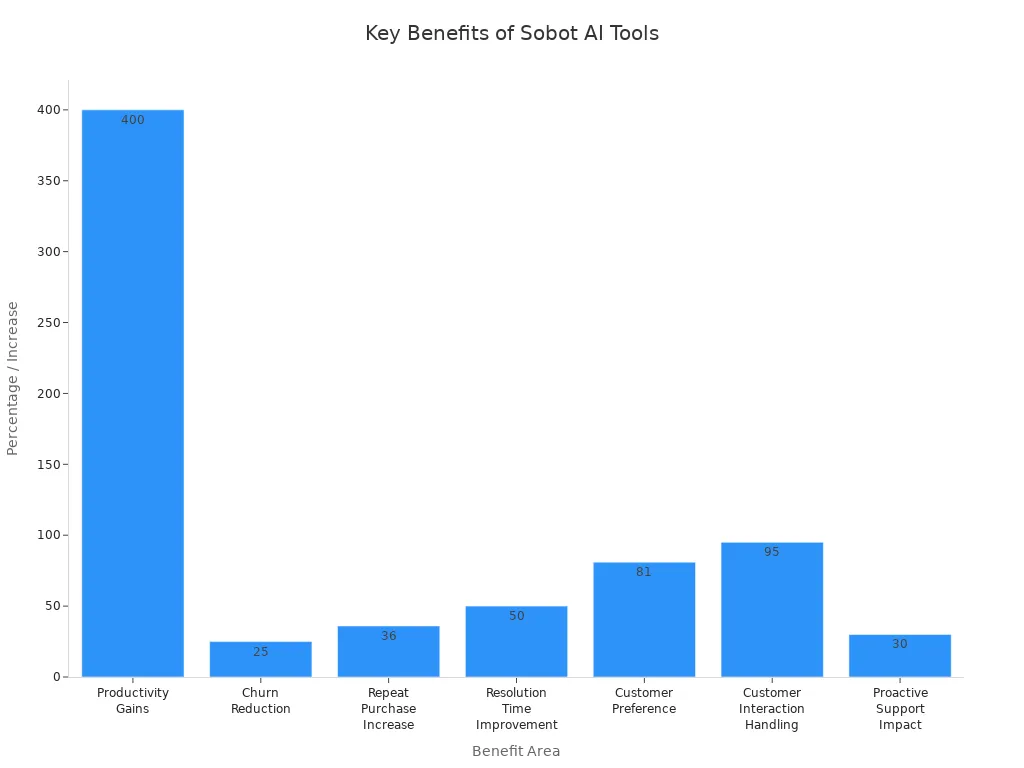
Keep checking your RPR repeat purchase rate with Sobot’s tools. You will see higher loyalty, more sales, and smoother operations.
FAQ
What is a good repeat purchase rate for my business?
A good repeat purchase rate depends on your industry. For ecommerce, aim for 25% to 30%. If you see numbers above this, you’re doing great! Sobot’s analytics can help you track your repeat purchase rate and compare it to industry benchmarks.
How often should I check my repeat purchase rate?
You should check your repeat purchase rate every month or quarter. This helps you spot trends and make quick changes. Sobot’s dashboard lets you view your repeat purchase rate in real time, so you never miss important shifts.
Can Sobot help me increase my repeat purchase rate?
Yes! Sobot’s Live Chat and omnichannel tools help you connect with customers on their favorite channels. You can send follow-ups, answer questions fast, and personalize messages. OPPO used Sobot and saw a 57% jump in repeat purchase rate.
What’s the difference between repeat purchase rate and customer retention rate?
Repeat purchase rate shows the percentage of customers who buy again in a set time.
Customer retention rate measures how many customers stay with you over time.
Both are important, but repeat purchase rate tells you how often people come back to buy.
How can I improve my repeat purchase rate quickly?
Try these tips:
- Offer loyalty programs or discounts.
- Use Sobot Live Chat for fast support.
- Send personalized messages.
- Make returns easy.
Even small changes can boost your repeat purchase rate and help you grow your business!
See Also
How To Excel At Live Chat For Retail Success
Selecting The Best Live Chat Solutions For Retail
Comparing Leading Interactive Voice Response Software Options
